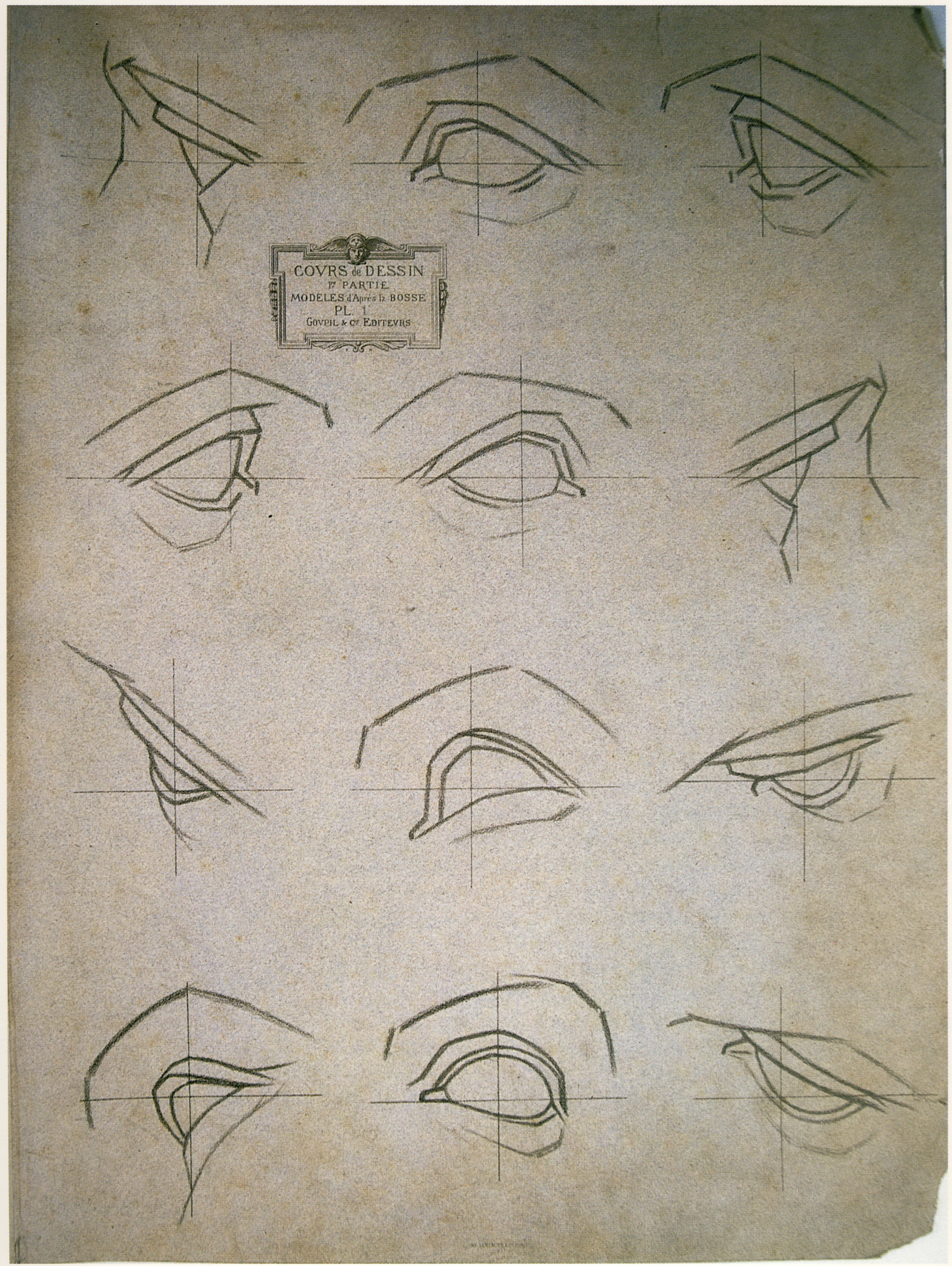
Plate I,1 - Eyes by Charles Bargue through barguedrawing.wordpress.com

Plate I,1 - Eyes by Charles Bargue through barguedrawing.wordpress.com
An old Neoplatonic premise has students starting their study of the human physiognomy with the eye, “the mirror of the soul.” Even in the early 1600s, in Odoardo Fialette’s engraved drawing course entitled The True Method and Rules for Drawing All the Parts and Members of the Human Body (Il vera moda et ordine per disignare tuttia le parti et membra del corpo humano; Venice, 1608), the first plate is similar to this one. Eyes exist in a complex anatomical setting that appears to change with any slight turning of the head; they are difficult to reduce to two-dimensional form.
These models will teach you to simplify the organization of the eye and its surrounding structures.First draw the plumb line and the horizontal on your drawing paper. Notice the organization of the angles of the other lines around these two as you copy them. Begin with simple lines—no shadows, no details; put down nothing that will detract from the essential. This will help you approach the eye in its more complex, natural setting.
Gérald M. Ackerman — Charles Bargue and Jean-Léon Gérome, drawing course.